Porsche Cayman S

On the one hand, the Porsche Cayman S is a superlative piece of sports car engineering, pared down, tightened up, with its every switch, lever and cog honed to utter perfection. On the other, it's a compact two-seater that would serve perfectly well as an everyday car in the real world - fuel efficient, manoeuvrable, easy to drive and easy to live with.
We can think of few other cars that flit so effortlessly between these two different roles. The motor industry has spent the best part of two decades slicing and dicing its product range to cater for every conceivable niche, safe in the knowledge that specialisation breeds more sales - at mass market level - and for the super rich, it simply leads to larger garages. Yet the new Cayman S falls between these two stools. It's by no means a mass market car - although Porsche will build tens of thousands over the next few years - but with a list price of under £50k, it's hardly the exotic dream of a Powerball winner.
Instead, the Cayman is pitched at those who love driving but don't want every journey to be a bone-jarring endurance test of the kind you might get with a premium Lotus. It's also as practical to use as a Japanese supermini, with ample luggage space in twin compartments, fore and aft, and an interior and instrument panel straight out of the Dieter Rams school of functional design. There's nothing showy here, inside or out - except perhaps the rear spoiler, which curves across the rear flanks, bisecting the tail lights (a visual nod to the original Carrera GT supercar, perhaps).
For your money, you get purity of vision - a true mid-engined car with steering, chassis and gear change set up for perfect balance and with just the right amount of power. The Cayman S is quick, make no mistake, but the key to a great sports car is its ability to eke entertainment out of any journey, be it a trip to the shops or a cross-country trek. Traditionalists might pick the slightly larger 911 and exhibitionists the drop-top and mechanically identical Boxster, but the Cayman S is, for us, the quintessential Porsche experience.

It's a compact two-seater that would serve perfectly well as an everyday car in the real world, fuel efficient, manoeuvrable, easy to drive and easy to live with
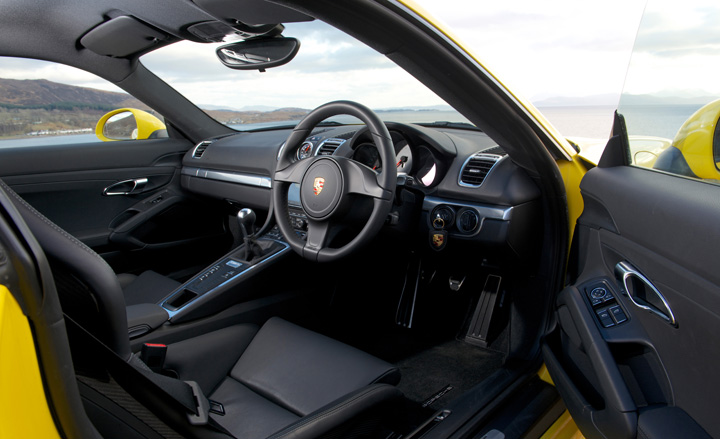
Porsche continues to fine-tune its interior architecture, with a redesigned ascending centre console and an instrument panel straight out of the Dieter Rams school of functional design
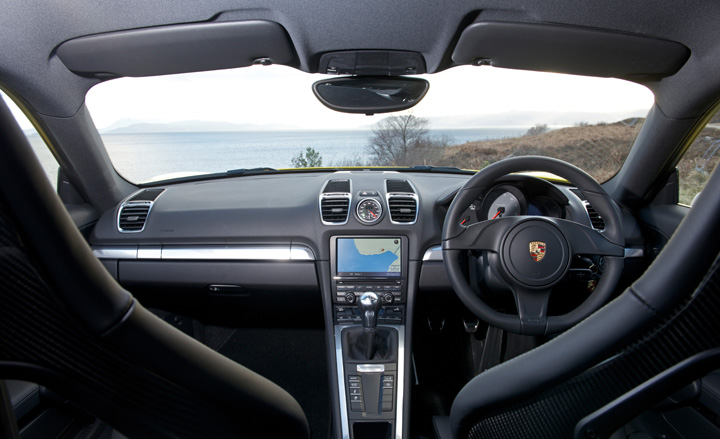
The car is pitched at those who enjoy driving but don't want every journey to be a bone-jarring endurance test. It's also as practical to use as a Japanese supermini, with ample luggage space in twin compartments, fore and aft
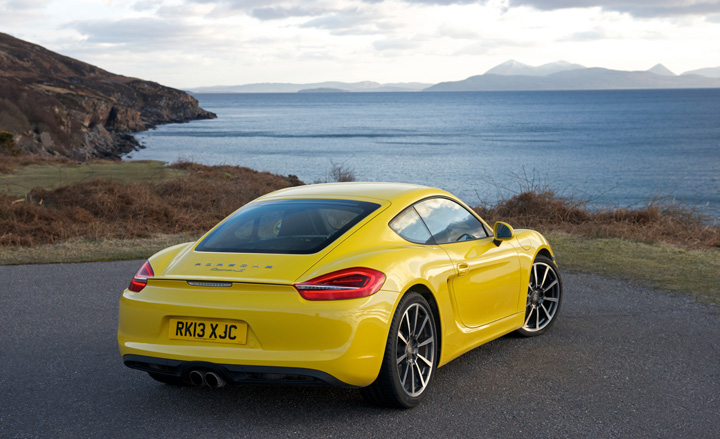
The Cayman exemplifies Porsche's restrained aesthetics; only the rear spoiler that curves across the rear flanks, bisecting the tail lights, seems a little showy
Receive our daily digest of inspiration, escapism and design stories from around the world direct to your inbox.
Jonathan Bell has written for Wallpaper* magazine since 1999, covering everything from architecture and transport design to books, tech and graphic design. He is now the magazine’s Transport and Technology Editor. Jonathan has written and edited 15 books, including Concept Car Design, 21st Century House, and The New Modern House. He is also the host of Wallpaper’s first podcast.
-
 At last: a London hotel that’s great for groups and extended stays
At last: a London hotel that’s great for groups and extended staysThe July London Victoria, a new aparthotel concept just steps away from one of the city's busiest rail stations, is perfect for weekends and long-term visits alike
-
 Three new smartwatches showcase new frontiers in affordable timepiece design
Three new smartwatches showcase new frontiers in affordable timepiece designLong may you run: smartwatches from Withit, Kospet and OnePlus favour function and value above all else, demonstrating just how much the smartwatch has evolved in recent years
-
 Debuts, dandies, Demi Moore: 25 fashion moments that defined 2025 in style
Debuts, dandies, Demi Moore: 25 fashion moments that defined 2025 in style2025 was a watershed year in fashion. As selected by the Wallpaper* style team, here are the 25 moments that defined the zeitgeist
-
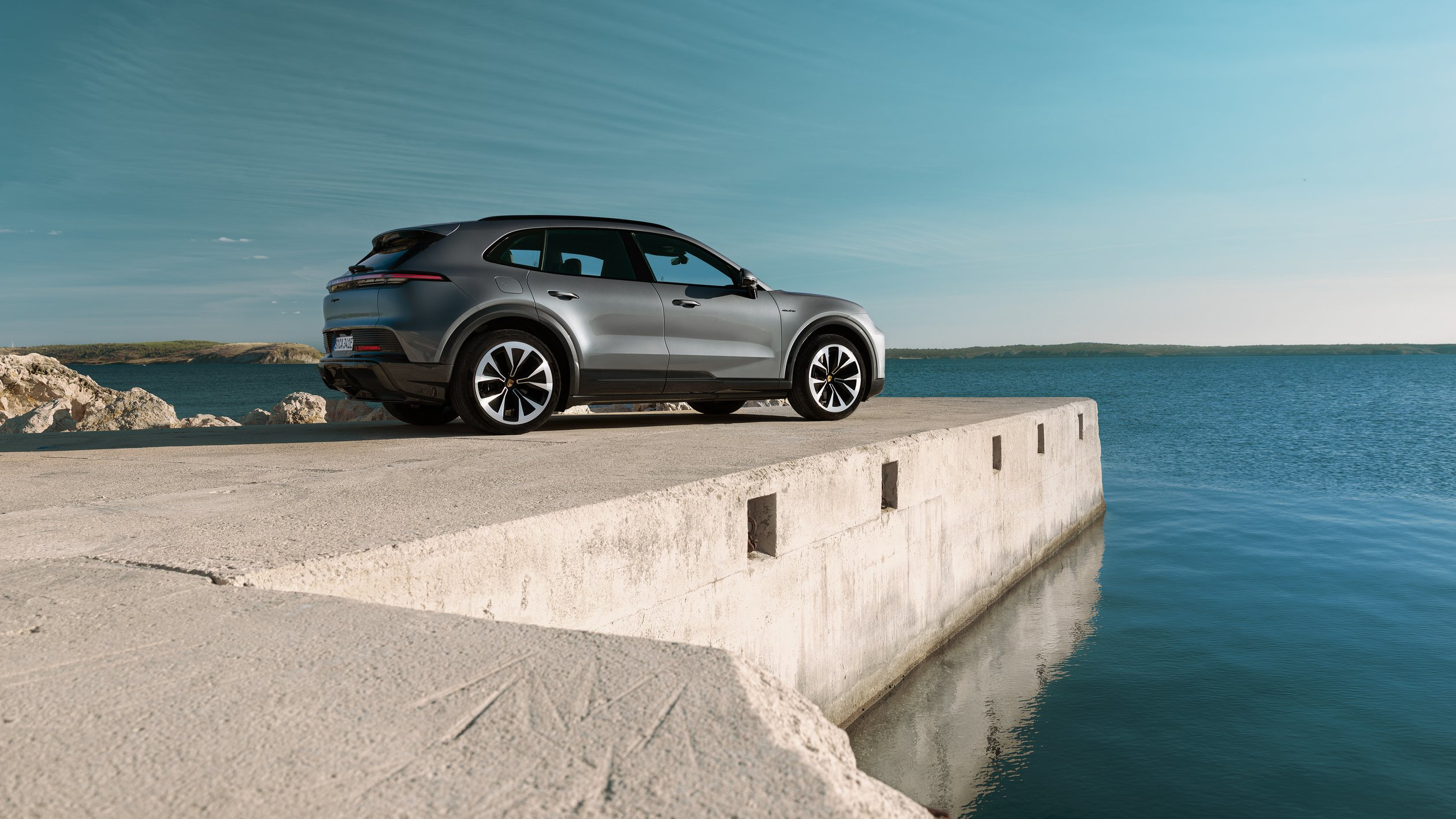 New Porsche Cayenne Electric makes a case for a sporting life with lashings of technology
New Porsche Cayenne Electric makes a case for a sporting life with lashings of technologyThe next-gen Cayenne gets its first all-electric model, a mighty SUV that’s also the first Porsche with wireless charging
-
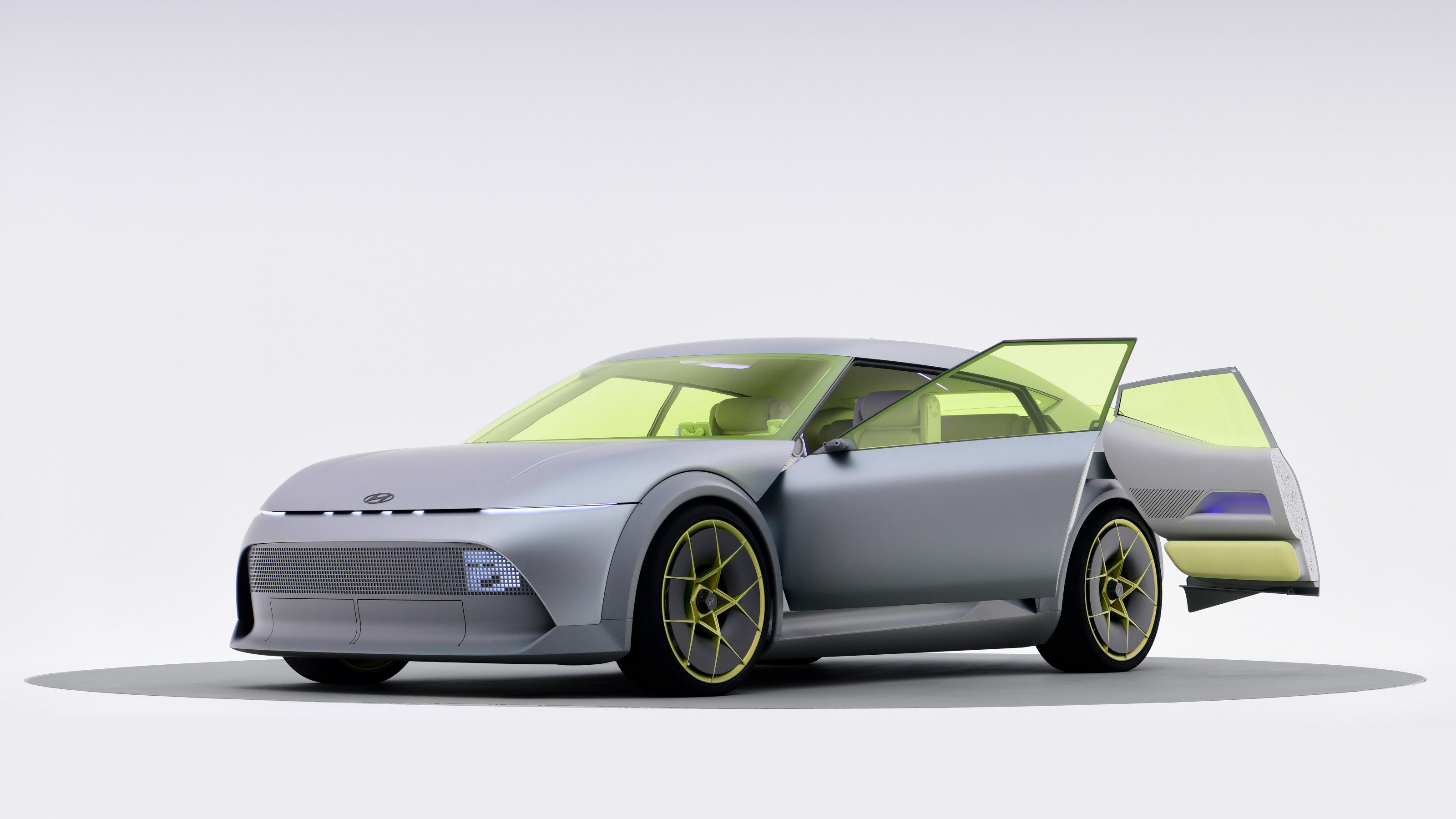 All the new electric cars and concepts revealed at Munich’s IAA Mobility 2025
All the new electric cars and concepts revealed at Munich’s IAA Mobility 2025Munich’s alternative motorshow is now in its third iteration, combining a traditional exhibition space with a conference and large-scale public activations on the streets of the city
-
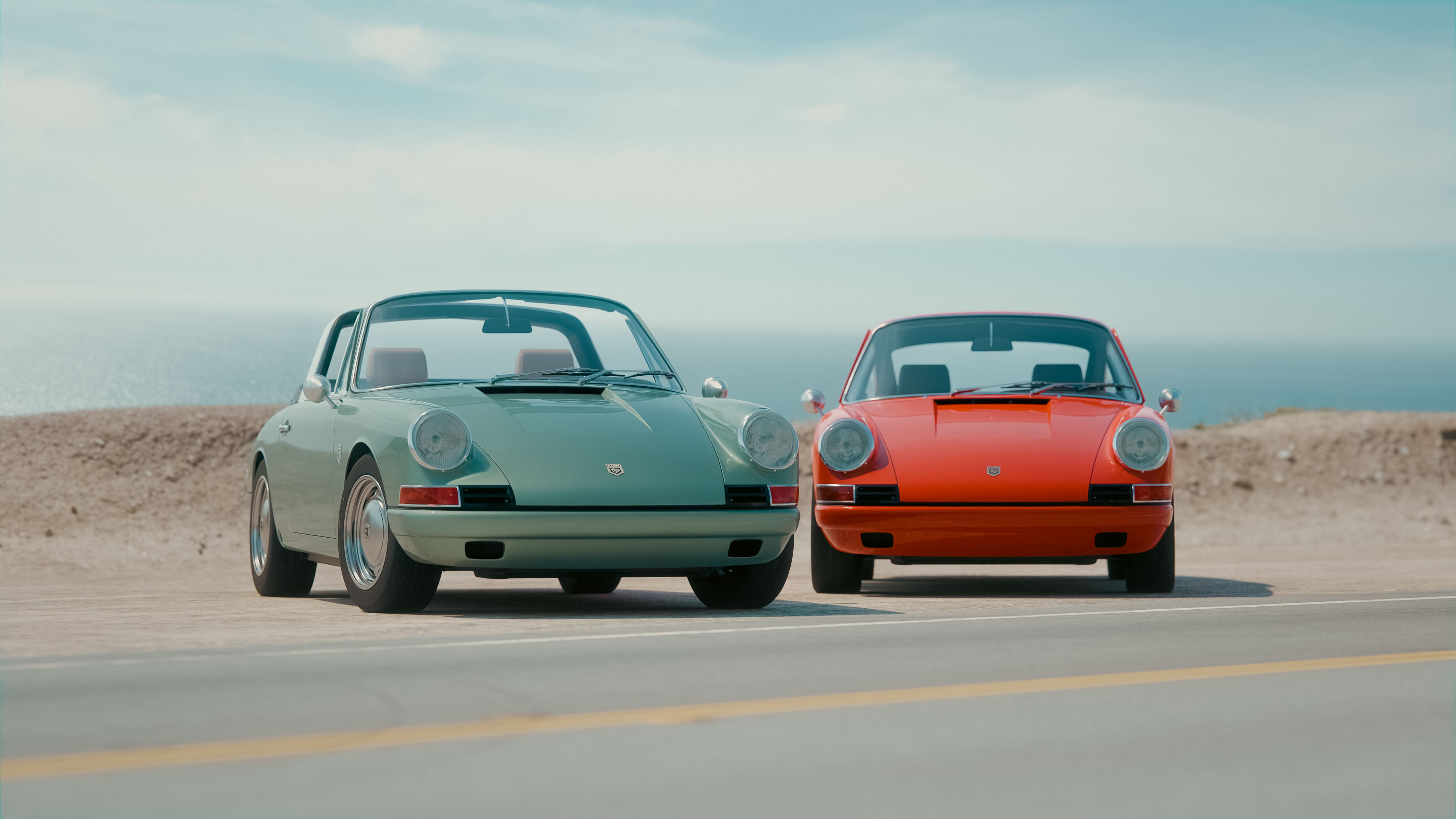 KAMManufaktur transforms the 1960s-era Porsche 912 into a refined restomod GT
KAMManufaktur transforms the 1960s-era Porsche 912 into a refined restomod GTThe KAMM 912T is a restomod Porsche for the more discerning collector, a rebuilt and re-engineered car that favours analogue feel and simplicity over all-out power
-
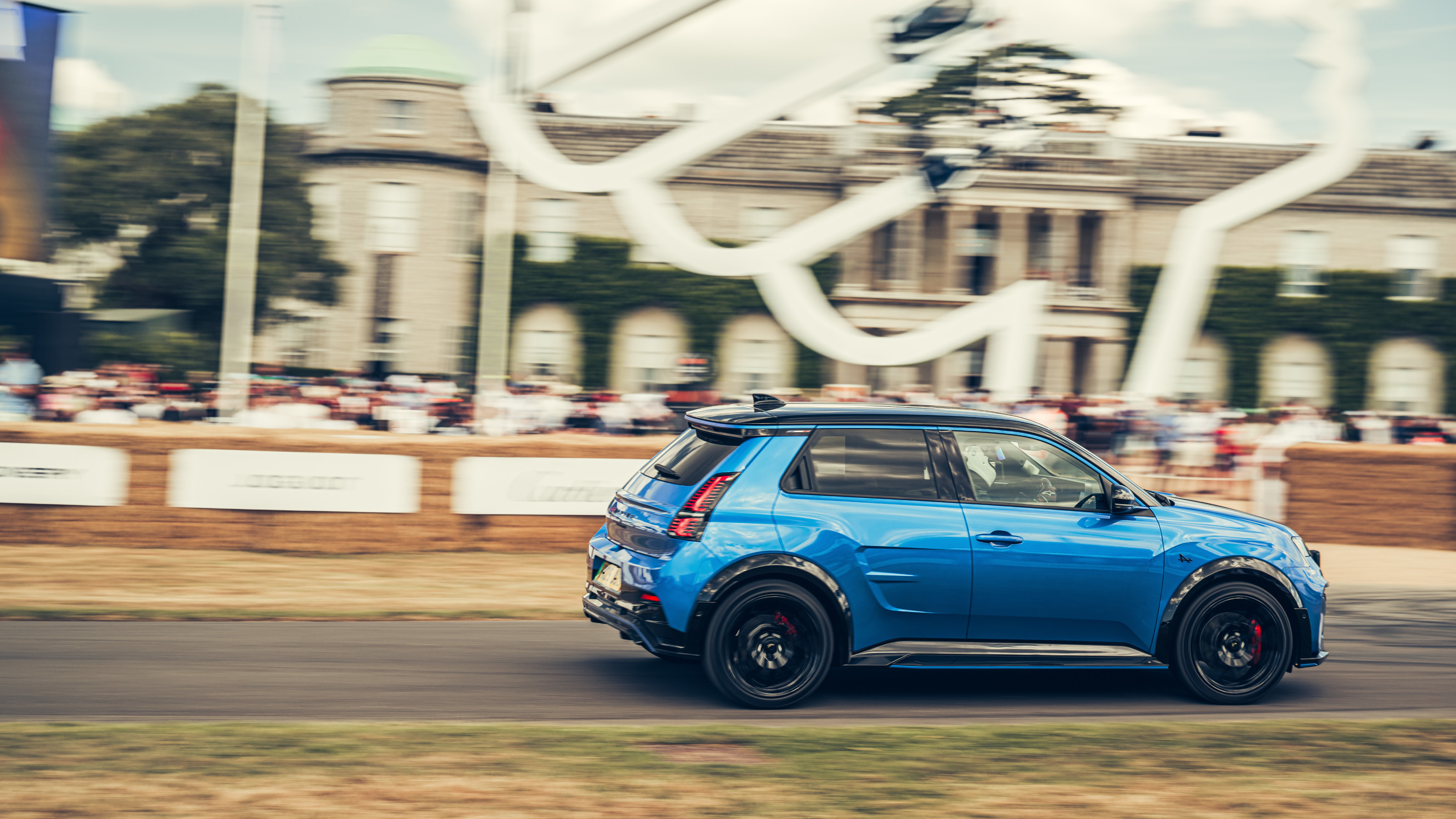 All the best bits from Goodwood Festival of Speed 2025
All the best bits from Goodwood Festival of Speed 2025As car makers switch their allegiance to the sunny West Sussex countryside as a place to showcase their wares, a new generation of sports cars were sent running up that famous hill
-
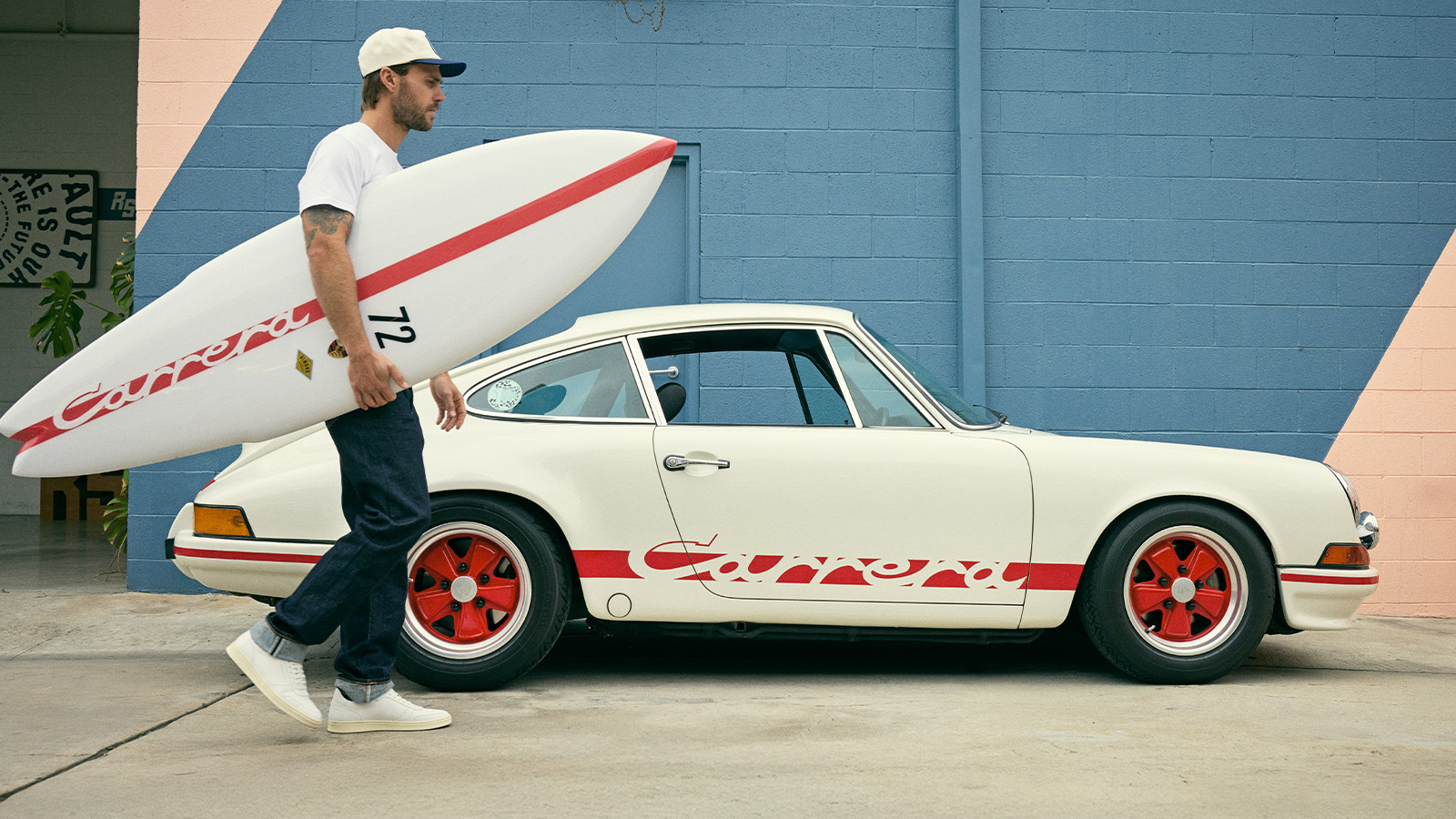 This Porsche surfboard collaboration captures the spirit of 1970s Southern California
This Porsche surfboard collaboration captures the spirit of 1970s Southern CaliforniaThe Porsche 911 Carrera RS 2.7 is the inspiration for the company’s second collaboration with California’s Almond Surfboards, featuring a custom-made board and limited-edition apparel and accessories
-
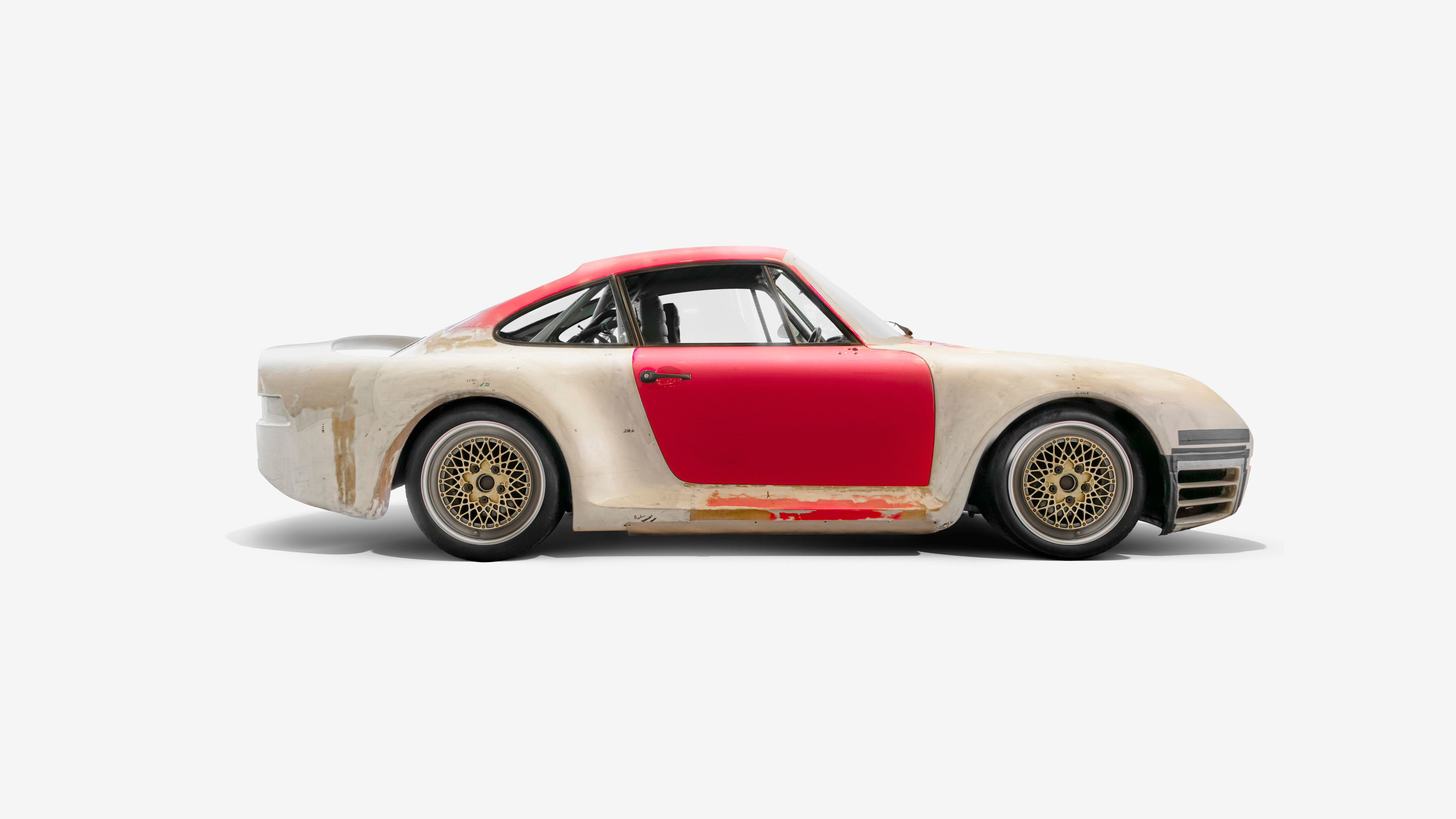 ‘Wundercar’ celebrates the ineffable aura of the Porsche 959, the first true hypercar
‘Wundercar’ celebrates the ineffable aura of the Porsche 959, the first true hypercarCurated by London creatives INK, ‘Wundercar’ is a London exhibition dedicated to the image and influence of Porsche’s seminal 959, a true icon of 1980s engineering
-
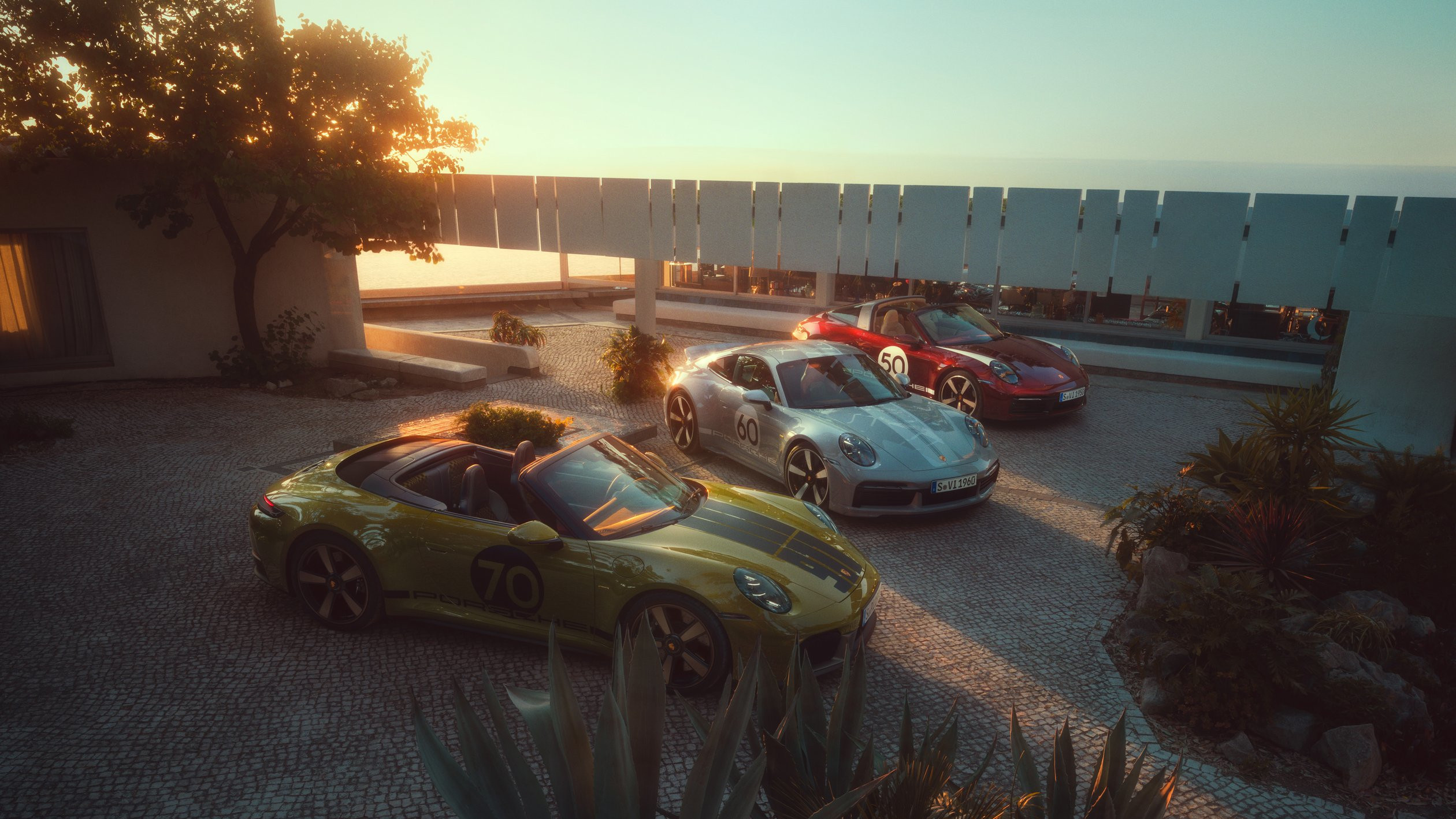 The Porsche 911 Spirit 70 harks back to the aesthetic and ethos of the 1970s
The Porsche 911 Spirit 70 harks back to the aesthetic and ethos of the 1970sAs part of Porsche’s Heritage Design strategy, the company has launched a new special edition, the Porsche 911 Spirit 70 convertible
-
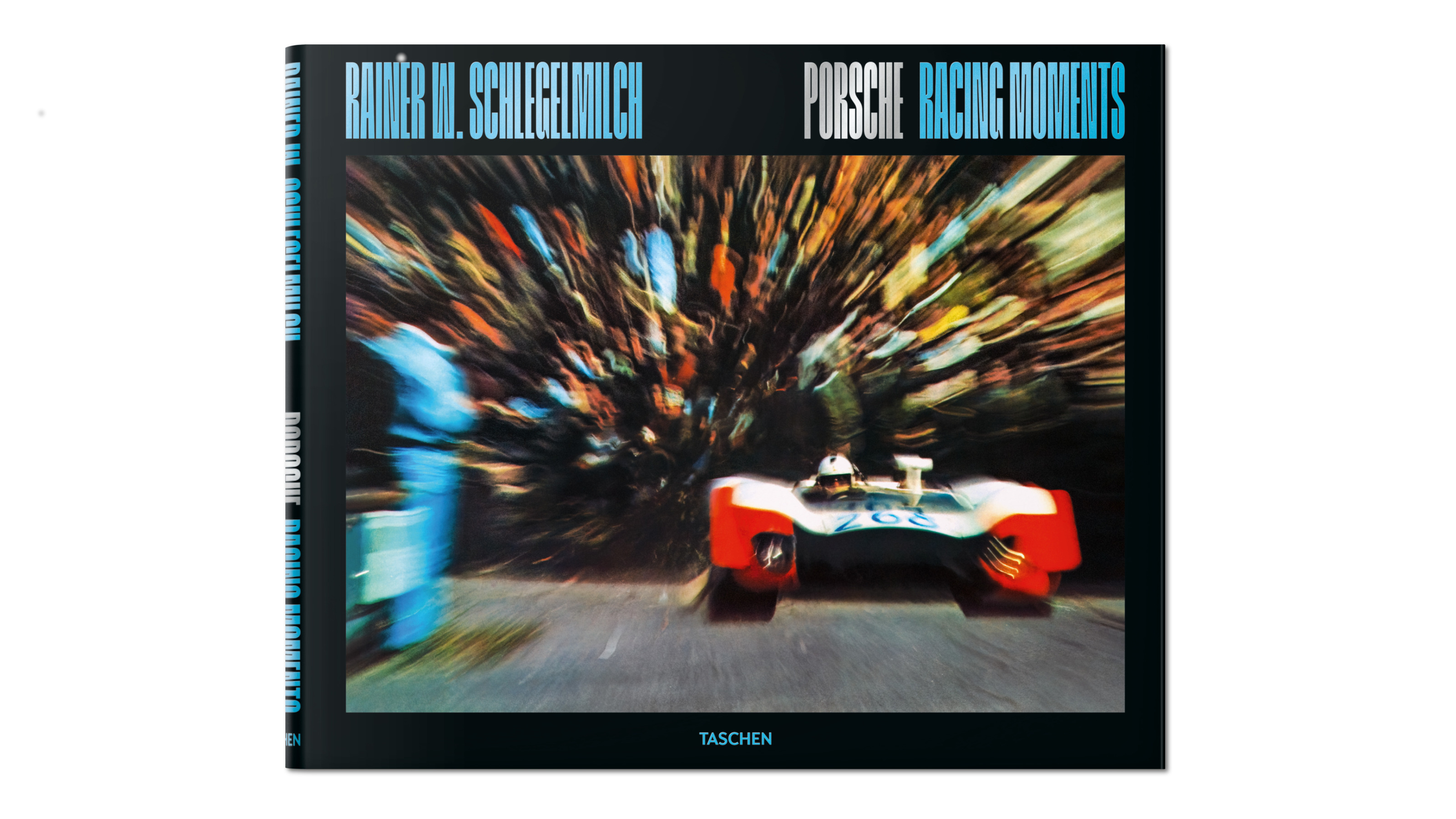 Rainer W. Schlegelmilch's Porsche photography showcases the aesthetics of speed
Rainer W. Schlegelmilch's Porsche photography showcases the aesthetics of speedTaschen's new edition of Rainer W. Schlegelmilch’s collected imagery from a quarter of a century spent following Porsche racing highlights historical machines, emotive camera technique and major moments on the track